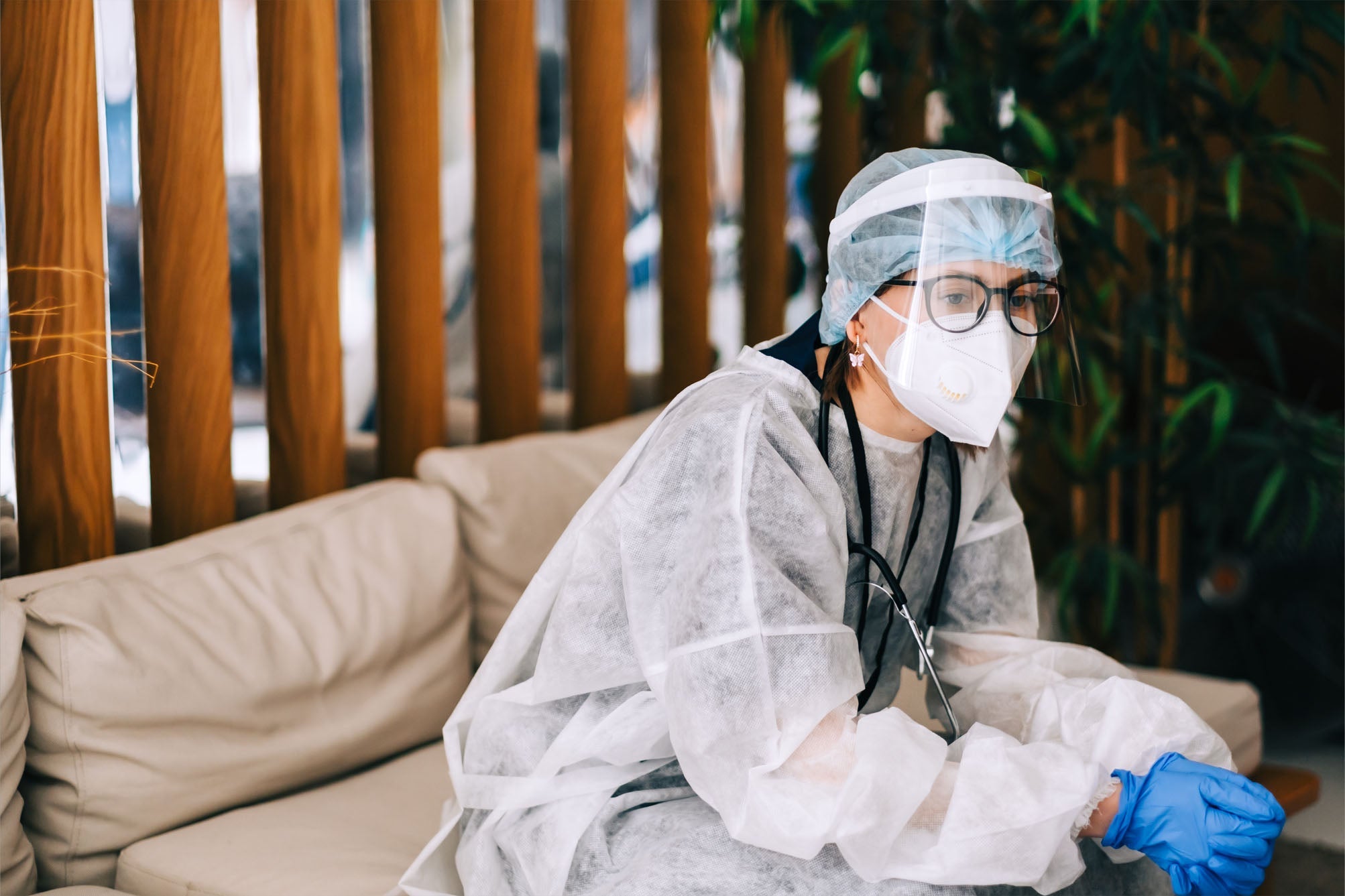
Keep Healthcare Workers Safe to Improve Patient Safety
Healthcare workers face work-related risks, illnesses, and injuries, and patient safety is directly tied to worker safety. Creating a culture of safety is crucial.
ECRI, and its affiliate, the Institute for Safe Medication Practices (ISMP), proudly joined global leaders in supporting World Patient Safety Day 2020, held September 17. Now in its second year, World Patient Safety Day was founded by the World Health Organization (WHO) to recognize patient safety as a global health priority. At its inception, all 194 WHO Member States endorsed the establishment of the day with the objectives of increasing public awareness and engagement, enhancing global understanding, and spurring global solidarity and action to promote patient safety.
World Patient Safety Day 2020 was dedicated to health care worker safety. Themed, Health Worker Safety: A Priority for Patient Safety, the day also featured a “call to action:” I Speak Up for Patient Safety, which encouraged all to use their voices on behalf of healthcare workers across the continuum.
The theme and call to action recognized the contributions of healthcare workers and reminded the world of its obligation to provide safe working environments for all health care workers. Year after year, healthcare workers face inherent risks, illnesses, injuries, workplace violence, burnout and more. Statistics place healthcare workers near the top of the list for occupational injuries and illnesses.
This year, the COVID-19 pandemic pushed those issues into the global spotlight as workers worldwide (and their loved ones) faced—and continue to face—great risks and serious consequences including infections, depression, illness, and even death. To date, 539,958 health workers have been infected with SARS CoV-2, the virus that causes COVID-19, and 1,800 of them, representing 64 countries, died.
Patient Safety Day also recognized that patient safety and healthcare worker safety are intrinsically bound together; therefore, ensuring the safety of health workers is the first step to keeping patients safe. More than 4 million people globally die each year from medical errors, and Patient Safety Day serves as a reminder that we work to improve conditions that help prevent medical errors, injuries, and harm. To that end, World Patient Safety Day staff outlined several goals that can guide institutions as they work toward zero harm:
- Prevent sharps injuries
- Reduce work-related stress and burnout
- Improve the use of personal protection equipment (PPE)
- Promote zero tolerance of violence against health workers
- Report and analyze serious safety incidents
Operational and clinical steps, such as strong leadership, better and clearer policies and procedures, improved communication, training, and support are needed universally to improve patient safety. Other steps, ones on which ECRI and ISMP work continuously and effectively, include creating a culture of safety; data collection and/or analysis that drive improvements; and providing guidance that encourages preparedness.
In honor of Patient Safety Day, ECRI and ISMP created an awareness video encouraging people to “speak up” on behalf of health workers across the continuum, from physician leaders, nurses, pharmacists, respiratory therapists, to mental health counselors and aging services staff, and more.
Our dedication to healthcare worker and patient safety is not a one day event. Day in and day out, we test and evaluate medical devices (including PPE), provide infection control and medication safety guidance, and deliver trusted evidence-based resources to help clinical and supply chain staff do their jobs effectively. Additionally, in response to the COVID-19 pandemic, we have offered free and sharable content through our COVID-19 Resource Center, where a broad array of trusted guidance about infection prevention and medication safety, and supportive materials on worker safety, health, and wellness is available. Please avail your organization of these important resources and join us as we speak up for patient (and healthcare worker) safety today, and every day.
